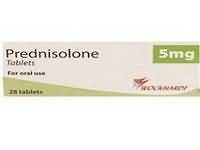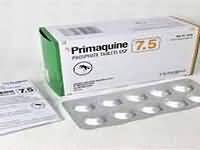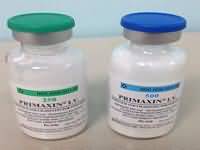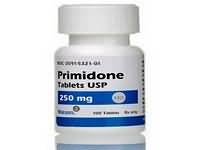orlistat
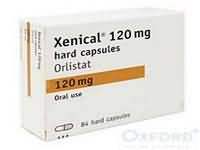
CLINICAL USE
Adjunct in obesityDOSE IN NORMAL RENAL FUNCTION
120 mg taken immediately before, during or up to 1 hour after each meal; maximum 360 mg dailyPHARMACOKINETICS
DOSE IN RENAL IMPAIRMENT
GFR (mL/MIN)
DOSE IN PATIENTS UNDERGOING RENAL REPLACEMENT THERAPIES
IMPORTANT DRUG INTERACTIONS
Potentially hazardous interactions with other drugsAcarbose: avoid concomitant administrationADMINISTRATION
Reconstition
–Route
OralRate of Administration
–Comments
–OTHER INFORMATION
If the meal doesn’t contain any fat, omit orlistatOrlistat is poorly absorbed; bioavailability of less than 5%.
See how to identify renal failure stages according to GFR calculation
See how to diagnose irreversible renal disease
Home




